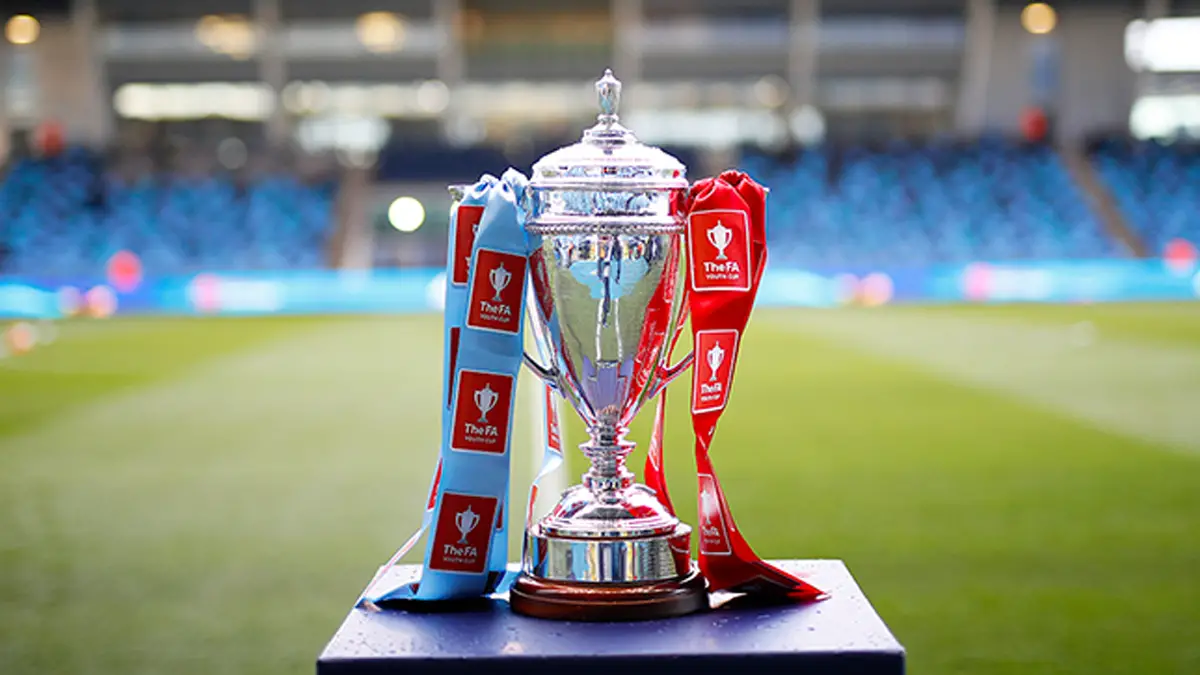FA Cup youth fixtures ignite the passion of young footballers and fans alike. This year’s competition promises exciting matches, showcasing the next generation of talent. From the initial qualifying rounds to the thrilling final, the journey is filled with high stakes and the potential for upsets. We delve into the details of these crucial fixtures, exploring the structures, schedules, and impact on player development.
This season’s FA Cup youth competition features a diverse range of age groups, each with its own unique format and qualification process. Analyzing the fixture schedules reveals potential logistical challenges and strategic implications for participating teams. We examine how these matches contribute to the growth of young players, both on and off the field, and consider the role of fan engagement in fostering a vibrant atmosphere around these youth events.
FA Cup Youth Fixtures: A Comprehensive Overview
The FA Cup Youth fixtures represent a crucial stage in the development of young footballers in England. Understanding the intricacies of these competitions, from accessing fixture information to analyzing their impact on player development and fan engagement, is vital for anyone interested in youth football. This article provides a detailed overview of various aspects related to FA Cup youth fixtures.
FA Cup Youth Fixture Information Sources
Reliable information on FA Cup youth fixtures is crucial for players, coaches, scouts, and fans. Several sources offer this information, each with varying levels of reliability and coverage.
| Source Name | URL | Reliability Rating | Data Coverage |
|---|---|---|---|
| The FA Website | www.thefa.com (Example – replace with actual URL if available) | ★★★★★ | Under-18, Under-19, and potentially other age groups depending on specific competitions. |
| Individual Club Websites | (Vary by club) | ★★★★☆ | Typically focuses on the club’s youth teams’ fixtures. |
| Dedicated Football News Websites | (Vary by website) | ★★★☆☆ | Coverage may vary depending on the website’s focus and resources. |
| Social Media (e.g., Twitter) | (Various accounts) | ★★☆☆☆ | Often provides updates, but may lack comprehensive information. |
Fixture information typically includes the date, time, competing teams, venue, and sometimes a link to purchase tickets or watch live streams. Challenges in accessing complete and up-to-date data include inconsistencies across different sources, delayed updates, and the potential for inaccuracies. Furthermore, access to certain youth league fixtures may be restricted.
Youth Team Structures in FA Cup

The FA Cup youth competitions typically involve several age group categories, primarily focusing on Under-18 and Under-19 teams. However, the specific age groups and competition formats can vary depending on the specific tournament.
The FA Youth Cup, for example, is a knockout competition primarily for Under-18 teams. Other competitions may exist for different age groups, potentially with regional qualifiers leading to national finals. Qualification processes usually involve league standings or direct entry based on club affiliation.
The formats differ; some are knockout competitions, while others may incorporate group stages before knockout rounds. The qualification pathways also vary depending on the age group and the specific competition.
Analyzing Fixture Schedules

A hypothetical fixture schedule for a youth cup competition can help illustrate potential scheduling challenges. The following table demonstrates a sample schedule:
| Round | Match Date | Home Team | Away Team |
|---|---|---|---|
| Round 1 | October 28th | Manchester United U18 | Arsenal U18 |
| Round 1 | October 29th | Chelsea U18 | Liverpool U18 |
| Round 2 | November 11th | Winner Round 1 Match 1 | Winner Round 1 Match 2 |
Analyzing this, potential conflicts could arise if teams have other commitments on the same dates, such as league matches or international call-ups. Logistical challenges could include travel arrangements, venue availability, and referee scheduling.
A visual representation of a typical FA Cup youth competition bracket would resemble a traditional tournament bracket, with teams progressing through rounds until a final winner is determined. Each round would eliminate half the remaining teams, culminating in a single champion.
Discover more by delving into ghana division one league zone two further.
Impact of Fixtures on Youth Development
FA Cup youth fixtures play a significant role in the development of young footballers. The competitive environment fosters skill development, strategic thinking, and pressure management.
Participation in these fixtures provides invaluable experience, exposing players to different playing styles, refereeing decisions, and the demands of high-stakes matches. This can accelerate their overall footballing journey, helping them to progress faster and potentially reach professional levels. However, potential drawbacks include the risk of injury and the pressure of high-stakes competition that might negatively impact confidence for some players.
The balance of benefits and drawbacks must be carefully considered.
Fan Engagement with Youth Fixtures, Fa cup youth fixtures
Fan engagement with youth fixtures is growing, though it typically differs from senior team support. Fans engage through attendance at matches, online forums, and social media platforms dedicated to youth football.
Initiatives to promote engagement include dedicated social media accounts, live streaming of matches, and interactive content showcasing young players. Suggestions for enhancing fan engagement include:
- Improved live streaming accessibility and quality.
- More interactive content featuring player interviews and behind-the-scenes access.
- Dedicated youth team fan clubs and forums.
- Affordable ticket pricing for youth matches.
The FA Cup youth fixtures represent more than just a series of matches; they are a vital component of youth development in English football. The competition provides invaluable experience, fosters competition, and allows young players to showcase their skills on a national stage. As we look ahead, the continued growth and engagement surrounding these fixtures promise an exciting future for the sport and the aspiring players who participate.

